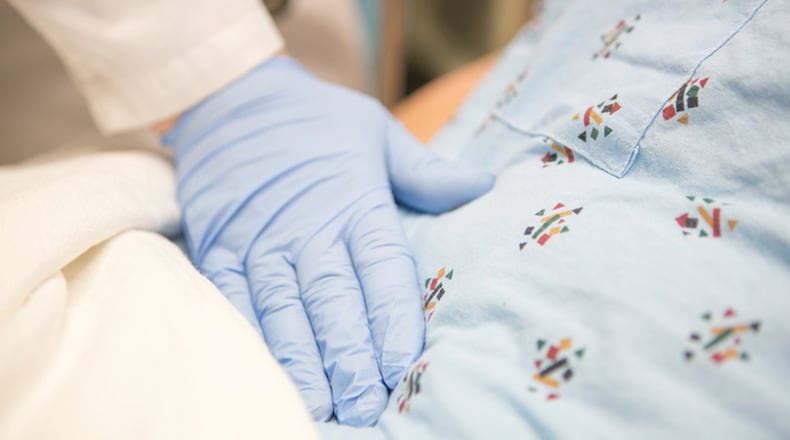A hernia can be discovered in a variety of ways. The most common is when a woman notices a bump in the area of her incision line. It also can be discovered through the presence of pain. Symptoms vary and the decision on how to treat it will vary from woman to woman.
“Oftentimes, a hernia will be discovered incidentally when a physician is doing a physical exam for other reasons,” said Dr. Tran, who practices with Premier Physician Network. “Other times a woman may notice a bulge in her abdomen and will ask their provider.
Most hernias can be diagnosed with an examination, while some may need additional imaging. Dr. Tran said the following points can help women prepare for and determine the right course of action when told they have a hernia.
It's not about size: The size of a hernia does not correlate to the level of pain or discomfort. Some women may have small hernias that are very painful while others may have larger hernias that are not painful.
It develops over time: Hernias tend to develop gradually following a Cesarean birth and are usually noticed within the first three years following the surgery. Dr. Tran said this is because a woman's abdominal wall tends to be lax right after birth. Only after the muscles regain their strength does a hernia become more noticeable.
Some are at a greater risk: There are several factors that can place a woman at a greater risk for developing an incisional hernia after a C-section. These include being overweight, those with rare diseases that inhibit healing, women with diabetes, C-sections that develop infections and those who smoke.
Pregnancy plans can direct surgery: In an ideal world, surgeons prefer to hold off on repairing hernias until women are done having children. This is because hernia repair changes the abdominal wall musculature that can make it hard for that area to stretch with a growing uterus. Still, surgery is safe enough and not withheld for women who are experiencing pain that affects their quality of life, Dr. Tran said.
“We want to improve their quality of life by fixing their hernia,” Dr. Tran said. “Women should understand that they are at an increased risk for failure of repair with future pregnancies.”
Hernias can worsen: Women who do decide to forgo surgery until they are done having children need to know they are at an increased risk for that hernia to worsen with each subsequent pregnancy.
“The best analogy I can give is of a tight pair of sweat pants that develops a hole,” he said. “If you would gain weight and continue to put those pants on, that hole is naturally going to stretch and get bigger.”
It may not be a hernia: On rare occasions, a small lump that may seem like a hernia could actually be an endometrioma. This condition occurs when uterine tissue implants in subcutaneous fat or along the muscle. Surgeons discover if this is the real cause of the bump through imaging.
Good health can reduce odds: For the most part, the development of a hernia is out of a person's control, Dr. Tran said. However, one can reduce their risk of developing one by maintaining a healthy lifestyle, which includes optimum weight.
“I realize this can be a difficult thing to do for women because weight gain is a natural process of pregnancy,” Dr. Tran said. “The good news is that while this is a type of hernia we see, it tends not to be very common.”
For more information on hernias or to find a Premier Physician Network physician near you, go online to www.PremierPhysicianNet.com.
About the Author
